Ever found that when you are stressed sometimes your dyslexia traits become more of a barrier?
This hack might help you not only with your dyslexia but with life in general. Having a mindfulness/relaxation practice can help eliminate or reset some of the stresses in your life and help you cope with more stressful situations, in turn giving you the mental capacity to handle whichever dyslexia quirk might be an issue in that moment. Using an app like Headspace is a good way of getting into meditation; however, you do not have to have a mindfulness practice that is in the classical meditation sense. Practise mindfulness while pounding weights in the gym, on long runs, even lying on the bed with your eyes closed listening to your favourite album. Whatever works for you, the key to this hack is having better internal programming to deal with the stress.





